 W
WThe 1 euro cent coin (€0.01) has a value of one hundredth of a euro and is composed of copper-covered steel. It is the lowest-value coin in the Eurozone, the next highest are the 2 and 5 euro cent coins. The coins of every Euro country have a common reverse and each has a country-specific (national) obverse. The coin has been used since 2002 and was not redesigned in 2007 as was the case with the higher-value coins.
 W
WThe 1 centas was a Lithuanian coin. It has been since replaced by the Euro.
 W
WThe zinc 1 Reichspfennig coin was minted by Nazi Germany between 1940 and 1945 during World War II, replacing the bronze version. It is worth 1/100 or .01 of a Reichsmark. Made entirely of zinc, the 1 Reichspfennig is an emergency issue type, similar to the zinc 5 and 10 Reichspfennigs, and the aluminum 50 Reichspfennig coins from the same period.
The cent, formally the one-cent coin, was the lowest-denomination coin of the Australian dollar. It was introduced on 14 February 1966 in the decimalisation of Australian currency and was withdrawn from circulation in 1992. It is still minted as a non-circulating coin.
 W
WThe Coronet large cent was a type of large cent issued by the United States Mint at the Philadelphia Mint from 1816 until 1839.
 W
WThe one-cent coin was the smallest-denomination coin of the Hong Kong dollar since 1866 until its replacement in 1941 by the one-cent note. During World War II the loss of coins dated 1941 along with their subsequent melting during the Japanese occupation of Hong Kong has resulted in the survival of no more than 100 coins.
 W
WAs Newfoundland did not join Canada until 1949, it had its own currency for many decades. It adopted its own decimal currency in 1863. Compared to other pre-Confederation British colonies, it had a wide selection of decimal coinage. The most important coin in Newfoundland was the Spanish American dollar, therefore, the Newfoundland government set its dollar equal in value to this coin. The new decimal cent was equal to the British halfpenny and $4.80 was equal to one pound sterling.
 W
WThe one-cent coin was a coin struck in the Kingdom of the Netherlands between 1817 and 1980. The coin was worth 1 cent or 1⁄100 of a Dutch guilder.
 W
WIn Canada, a penny is a coin worth one cent, or 1⁄100 of a dollar. According to the Royal Canadian Mint, the official national term for the coin is the "one-cent piece", but in practice the terms penny and cent predominate. Penny was likely readily adopted because the previous coinage in Canada was the British monetary system, where Canada used British pounds, shillings, and pence as coinage alongside U.S. decimal coins and Spanish milled dollars.
 W
WThe decimal one penny (1p) coin was the second smallest denomination of the Irish pound. It was first issued when the Irish currency was decimalised on Decimal Day, 15 February 1971. It was the second of three new designs introduced all in bronze, the others being a half-penny and a two pence coin. All featured ornamental birds designed by Irish artist Gabriel Hayes on the reverse.
 W
WThe Philippine one-centavo coin (1¢) is the smallest-denomination coin of the Philippine peso. It has been issued since 1903 during American rule. It became the smallest unit of currency following the removal of the half-centavo in 1908.
 W
W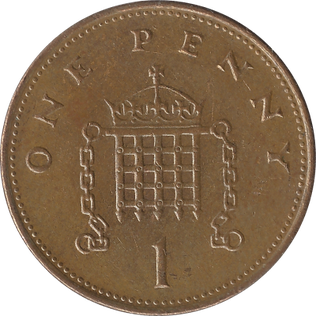 W
W W
W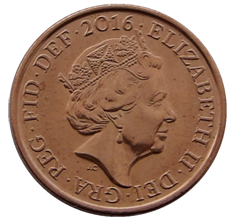 W
W W
W W
W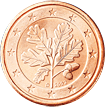 W
W W
W W
W W
W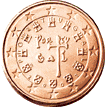 W
W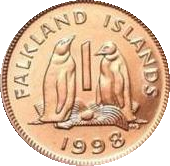 W
W W
W W
W W
W W
W